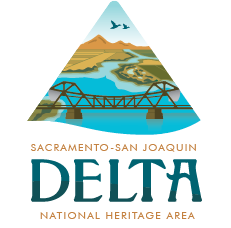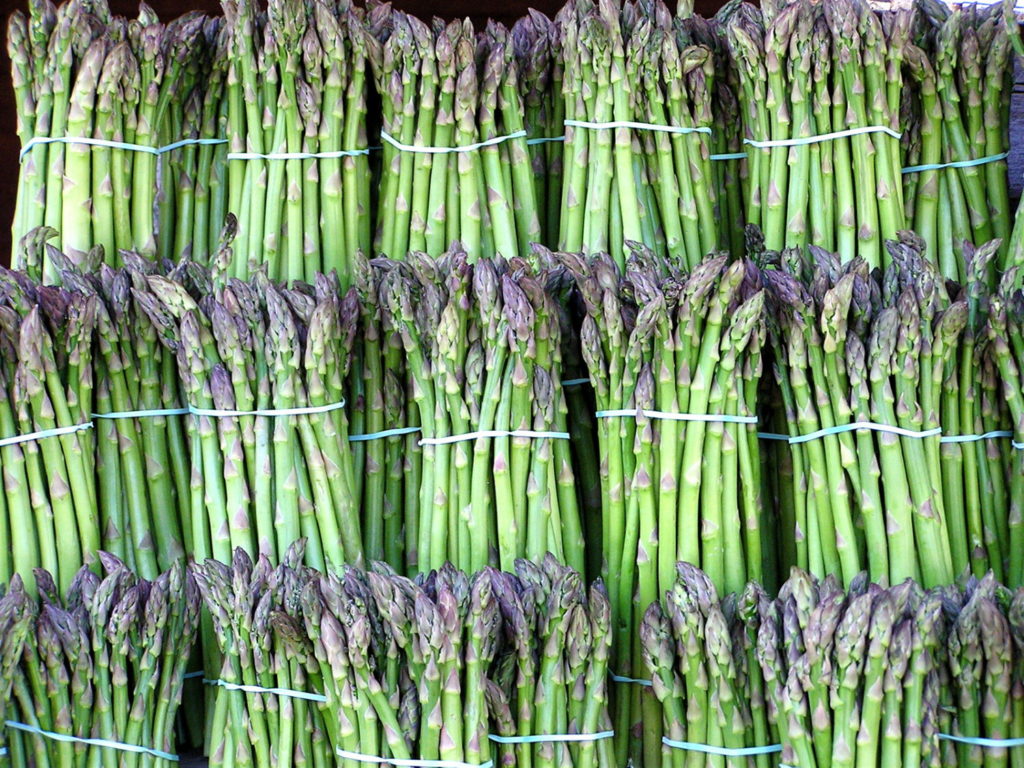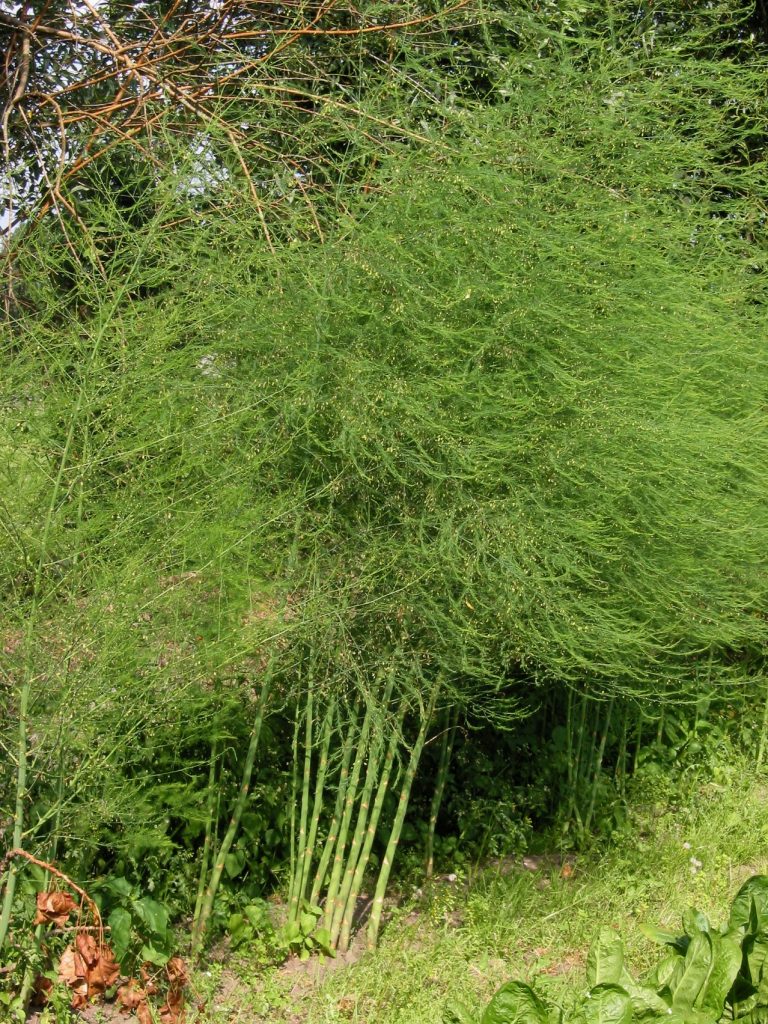Delta Food Feature: Asparagus
LITTLE-KNOWN ASPARAGUS FACTS
It’s spring in the California Delta, and for foodies that means ASPARAGUS. A member of the lily family and cousin to the alliums – garlic and onion – asparagus has been cultivated since ancient times. Asparagus is depicted in an Egyptian frieze dated to 3000 BC, and the name goes back past the Ancient Greeks to the Persians, who called it “asparag”, meaning “sprout” or “shoot”. There is even a recipe for asparagus in the world’s oldest surviving cookbook, a Roman work from around 300 AD.
Always considered a delicacy, asparagus became popular across Europe in the 15th century, when an Arabic text touted its (unfortunately still unproven) aphrodisiac qualities. Madame de Pompadour, mistress to King Louis XV of France, was served asparagus in a dish called points d’amour “love tips”, and it arrived on American tables in the mid-nineteenth century. Today, China is the world’s largest producer of asparagus, followed by Peru and Mexico. In the U.S., California provides approximately 70% of the nation’s supply, which comes from the Delta, the Central Coast, and the Imperial Valley.
Asparagus in the field is a crazy-looking crop. The shoots stick up out of the ground alone, looking for all the world as if someone just stuck cut asparagus out in a field. Actually, the shoots are budding off a “crown” – much like a daffodil or iris buds off its rhizome to send up more flowers – and it takes two years for an asparagus plant to mature from seed to crown. The individual spears are harvested before the tight buds along the stem and at the tip open, usually when they are around nine inches long. One crown will send up shoots of varying size and thickness, and a commercial crown is harvested for ten to fifteen years. Asparagus is also highly labor-intensive, as workers walk along the rows harvesting one spear at a time, by hand.
Planted first in the Delta in the 1850s, asparagus quickly became an important crop. Tender asparagus is perishable, which made the Delta ideal for cultivation since the waterways provided fast, close shipping routes to the San Francisco and Sacramento train depots. In California, with our varied microclimates, fresh asparagus is available January through May, and again in September and October. Asparagus is highly nutritious and low in calories. To learn more about asparagus and taste it in all its springtime Delta glory, don’t miss the annual San Joaquin Asparagus Festival http://www.sanjoaquinasparagusfestival.net.


